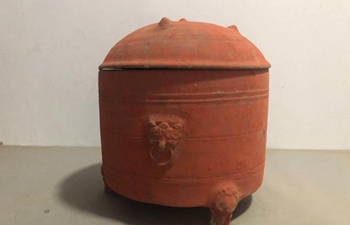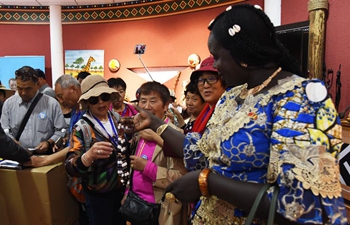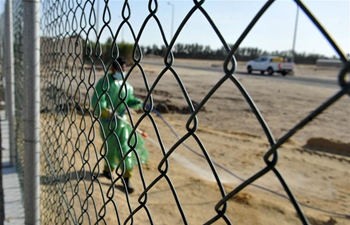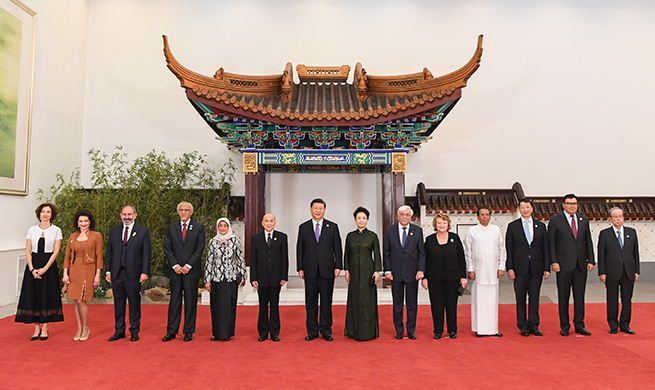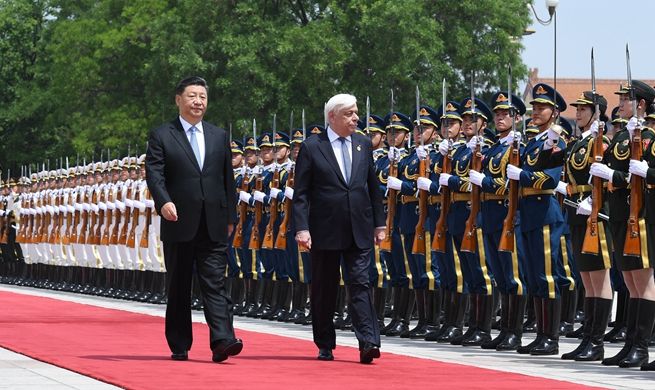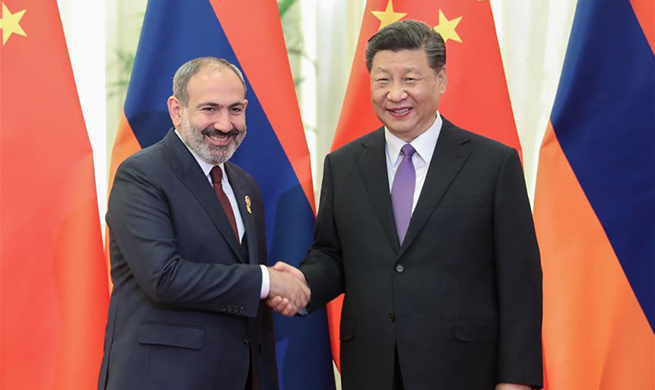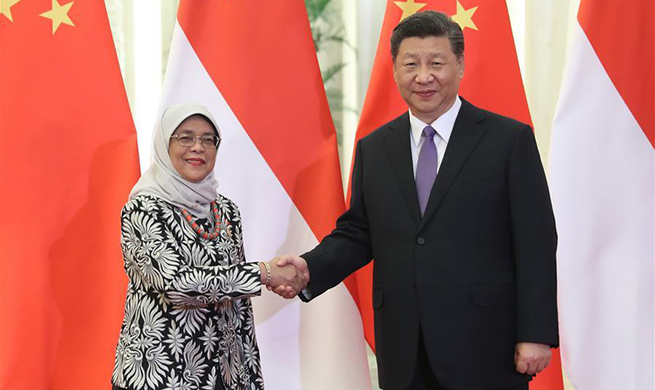NEW DELHI, May 15 (Xinhua) -- In a fresh update on its second Moon Mission, the Indian Space Research Organisation (ISRO) has said that the launch, slated to take place in July, will have 13 payloads and one passive experiment from U.S. space agency National Aeronautics and Space Administration (NASA).
It will have 13 Indian payloads, including eight on Orbiter, three on Lander and two on Rover, besides one passive experiment from NASA, ISRO said in its latest mission update.
The space agency has already declared that the launch is slated to take place between July 9 and July 16, with an expected moon-landing on September 6.
"The spacecraft with a mass of 3.8 tons has three modules, Orbiter, Lander and Rover. All the modules are getting ready for Moon Mission, locally called Chandrayaan-2," the country's space agency said.
Once Chandrayaan-2 lands on the lunar soil, India would hopefully become the fourth country in the world to achieve a soft landing on the Moon, after the U.S., Russia, and China.
The Orbiter will orbit the Moon at a distance of 100 km from the lunar surface. Payloads on the orbiter include a Large Area Soft X-ray Spectrometer, Synthetic Aperture Radar, Imaging Spectrometer, Neutral Mass Spectrometer and Terrain Mapping Camera-2. The structure of the Orbiter was manufactured by state-owned aerospace and defense company Hindustan Aeronautics Limited (HAL).
The Lander has been named Vikram after the country's ace scientist Vikram Sarabhai. The Lander will detach from the Orbiter, descend to a lunar orbit before attempting to land on the surface. It will make a soft-landing and deploy the Rover. It will also perform some scientific activities for 15 days. Payloads on the lander include a Seismometer, Thermal Probe, Langmuir Probe and Radio Occultation.
The Rover will operate on solar power, and will move on six wheels conducting chemical analysis on-site. It will then transmit the data to the Orbiter which will send this data back to the Earth station.


